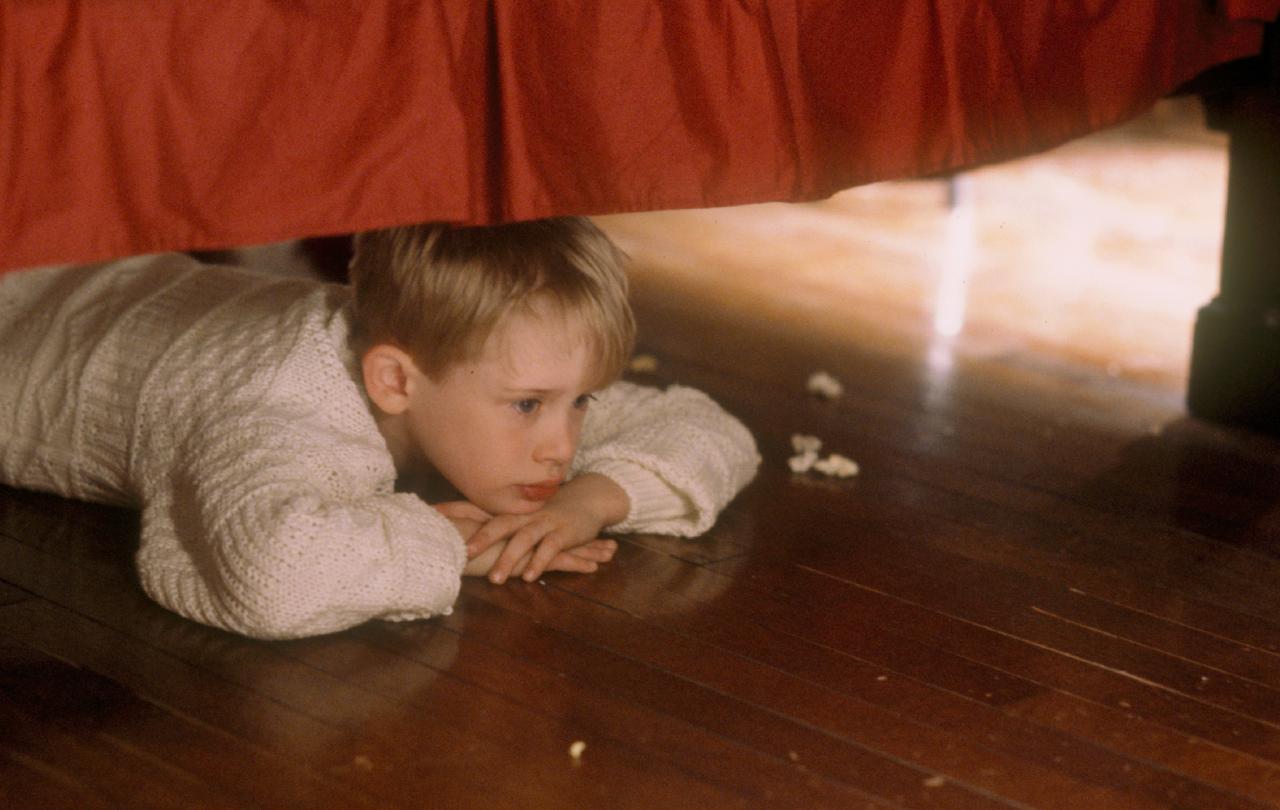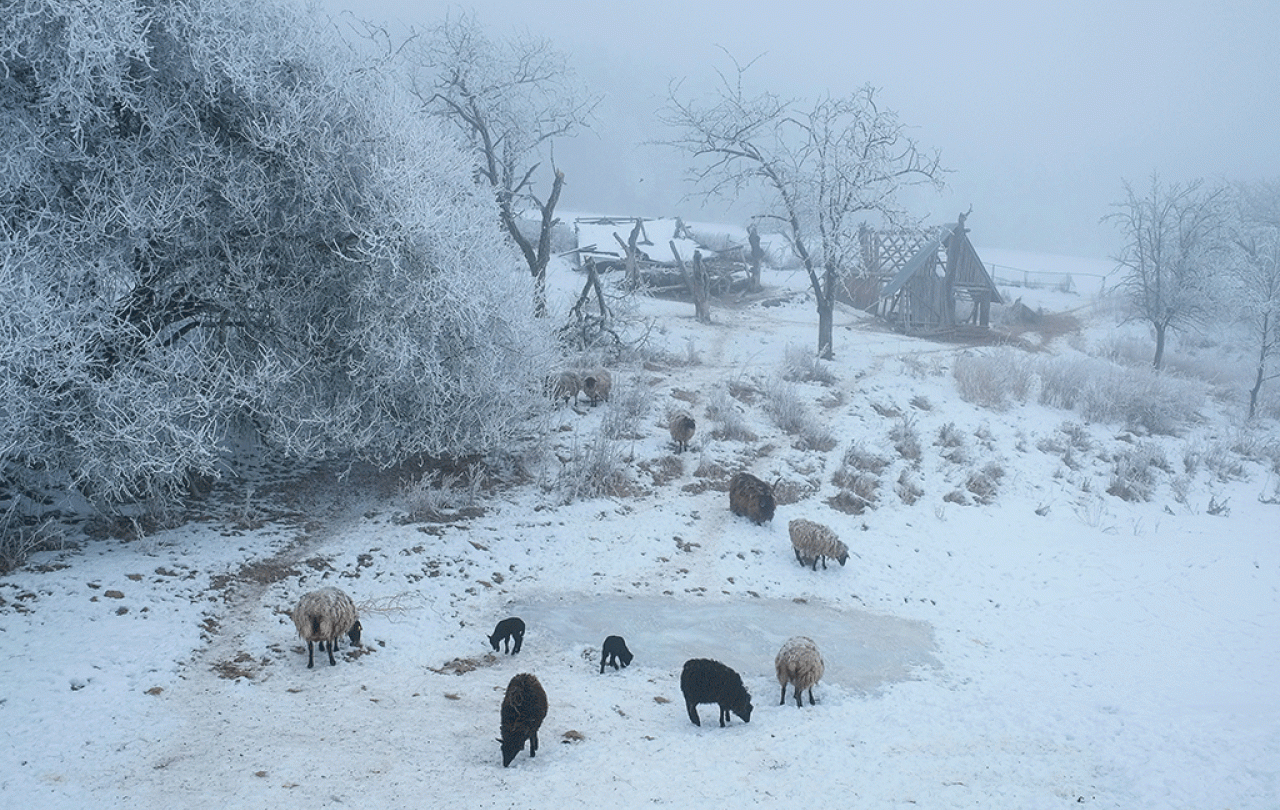We live in a time of decreasing biodiversity, reduced access to wilderness, and worsening mental health, and these things are, I think, linked. I wrote a bit about this recently. We are intimately tied to wilderness. We evolved on a diverse, living planet – not separate to it, but in it, dependent on it. It can be easy to forget this in part because we manipulate the world with lights and schedules and ideas of progress; we seal ourselves away in the walls of home, of work, of shops. Some of us live within the walls of church, too – disconnecting us from a wild God who increasingly to me seems most at home under the loud silence of the stars, and in the way the setting sun points to beauty before darkness, and in the way two people can bask in each other’s hearts. When I encounter love, and the loveliness of the world, I also encounter God.
We are good at taking for granted the strange beauty of the planet. We are good at forgetting how to sit with wonder, how to even access it. The poetry of the Psalms tells us that “…they forgot what he had done, the wonders he had shown them...” We must restore not only the living breathing wilderness of the planet we live in and on, but also our own ability to feel wonder, because this can be a first step towards feeling, caring, and acting.
There are writers I turn to when I need to remember the diverse wildness and unlikeliness of our planet that is, as far as we so far know, an island of life in a cold and vast universe. When I read them, I wonder at our shared earth, at our hearts, and at the mysterious holiness of it all. Here then, some of those wild writers:
Wendell Berry has influenced the way I interact with my locality, my faith, my responsibility to the earth I stand on. He is the author of essays, poetry, non-fiction and novels, but he is also a farmer in Kentucky. His preferred tools are a pencil and a team of work horses. For decades, his tending of both words and soil have each strengthened the other. His writing is rooted in the particularity of place, and through that, he speaks to the universality of our shared existence. His voice is incisive and honest, clear-eyed but full of a well-worn love. His call to a more localised and rooted way of life is not a call to escape, but to encounter – with beauty, with neighbour, with a spirit that breathes life through it all. In recent years, his writings have found new audiences. A good place to start, is The World Ending Fire: The Essential Wendell Berry. It contains a selection of his essays written over decades – essays that call out ideas of endless progress and the unthinkingness that feeds it. From here, you might turn to other collections like The Unsettling of America, or The Art of the Commonplace. His poems are earthy and beautiful – look at The Peace of Wild Things And Other Poems. For fiction, his best-known works are Jayber Crow and Hannah Coulter, rooted in the complexity of people and their community. At a time in which our planet burns faster than ever, his writing is prophetic and honest, yet braided with grace and love.
The World Ending Fire is curated and has an introduction by Paul Kingsnorth: a writer I increasingly turn to. His story travels a path from environmental activism via explorations of various beliefs (including Wicca, Paganism, and Buddhism) to a recent – and unexpected to both him and many of his readers – conversion to Christianity. His journey is recounted in his essay, The Cross and the Machine. In his popular newsletter, The Abbey of Misrule, he writes essays that explore deep ecology, and ideas of a wild God, and of early Christian mystics who seemed much closer to the earth than many modern Christians do. His background in environmental activism still echoes – he cares for the world deeply, but his writing now, like his contemporary Dougald Hine, faces what might come when modern life as we know it becomes untenable. Like Berry, Kingsnorth brings an honesty to his writing that is often challenging to sit with. His collection of essays and talks, Confessions of a Recovering Environmentalist, was key in my own journey. He also writes fiction, set in a strange, old England. And his short book Savage Gods, in his words, “…marks a break in my writing, my style and my worldview. This slim semi-memoir is one long question about the value of writing itself, and about what it means to belong, or not to.”
Another writer of honesty and clarity is Marylinne Robinson. She is a social critic and novelist, perhaps Gilead being her most well-known book. Her latest book, Reading Genesis, is an interpretation of the book of Genesis. She takes words that are often interpreted in two-dimensional ways and makes them come alive. She speaks not just to the complexities of faith, but of what it is to be human in this world. Throughout her work more broadly, nature is a recurring theme, symbolising beauty but also fragility, and pointing to wonder and to our own inner state.
The late and beloved Mary Oliver points to the luminosity of the world. Whether small creature or vast landscape, she invites us to slow down and really look. She insists again and again that we “Pay attention. Be astonished. Tell about it.” Often, her writing helps me to touch the interconnectedness of the living world, and of our humanity. Each fragment she shows us feels part of a larger whole she is also pointing to, and for which she regularly expresses gratitude, inviting the readers to consider “what is it you plan to do with your one wild and precious life?” A good place to start is with Devotions, a collection of her most loved poems, or with Upstream, a mix of poetry and essays. Here, in the details of her daily walks and reflections, Oliver manages to conjure awe and a sense of the sacred.
Another author who is extraordinarily attentive to the natural world is Annie Dillard. Her rapturous wonderings and explorations of world and place and self, link to deeper reflections, and often to the divine. Like Oliver, Dillard values specifics: “The sheer fringe and network of detail assumes primary importance. That there are so many details seems to be the most important and visible fact about creation.” Dillard weaves her senses with her reading, and often her humour, zooming out and reminding us that “the universe has continued to deal exclusively in extravagances, flinging intricacies and colossi down aeons of emptiness.” Her 1975 Pulitzer prizewinning Pilgrim at Tinker Creek is perhaps her best-known work, but a good place to start is Teaching a Stone to Talk; a slim collection of essays that begin with her observations of natural phenomena but end up encompassing the wilds of her mind and of its “ultimate concerns.”
Poet, author, musician and playwright Joy Harjo was the first Native American to hold the position of Poet Laureate. She is a member of the Mvskoke Nation, and often explores themes of identity, history and social justice. Harjo weaves together past, present and future, linking our innate holiness with the natural world. A good place to start is the personal collection Conflict Resolution for Holy Beings, or for an insight into her life, try Poet Warrior which brings together memoir, poetry and song, singing often of regeneration in the face of darkness.
A few others you might naturally turn to from these authors include the late essayist Barry Lopez (his last remarkable collection published in 2022 is Embrace Fearlessly the Burning World), novelist and essayist Ursula K Le Guin (her Earthsea trilogy is fantasy but offers I think a profound reflection on who we are), and Robert Macfarlane, who writes thoughtfully of nature and myth, inner and outer landscape. And the old Psalmists tell of beauty and wonder: Psalm 104, in the New King James version, contains leviathans and rock badgers, lions and moons, trees and humans, all of it singing together the great song of life – a life that is precious, earthy and holy; a life woven by a God who we hear in Genesis say, “let us make mankind in our image, according to our likeness.” God is plural, as diverse as his creation. I am grateful for the writers, just a few of whom I’ve shared here, who help me to pay attention to the diverse and strange beauty of the world, and through that, help me see its luminous holiness. That holiness – wholeness – depends on all of us, all of creation, being able to be itself. As Mary Oliver says:
“…Whoever you are, no matter how lonely,
the world offers itself to your imagination,
calls to you like the wild geese, harsh and exciting –
over and over announcing your place
in the family of things.”






